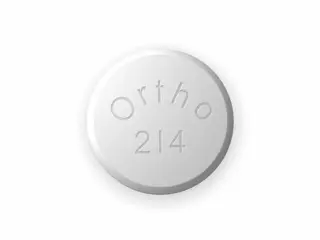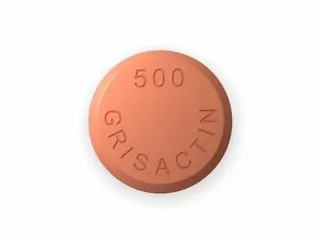Antifungal
Effective antifungal treatments to quickly relieve infections and restore skin health. Shop trusted medications for athlete’s foot, yeast infections, ringworm, and more. Fast-acting formulas available for all ages and conditions. Buy now for clear, healthy skin.
Antifungal medications are vital for treating fungal infections that affect the skin, nails, and internal organs. These drugs target fungi, stopping their growth or killing them. The choice of antifungal depends on the infection type and its severity. Below, we review popular antifungal drugs available in the market.
Diflucan (Fluconazole) is one of the most commonly prescribed antifungal pills. It works by inhibiting the fungal enzyme needed to make the fungal cell membrane. Diflucan is effective against yeast infections, including Candida infections of the mouth, throat, esophagus, and genital area. It is also used for systemic fungal infections. Patients appreciate its once-daily dosing and relatively mild side effects. Typical side effects include headache, nausea, and abdominal discomfort. Diflucan is available in tablets and oral suspension forms.
Grifulvin and Grifulvin V (Griseofulvin) are older antifungal medications primarily used for skin and nail infections caused by dermatophytes. These drugs work by interfering with fungal cell division. Grifulvin V is a microsize formulation, allowing better absorption. Both versions require treatment courses of several weeks to months, especially for nail infections. Users report generally good tolerance, though some may experience headache, dizziness, or gastrointestinal upset. They are particularly effective in treating ringworm and athlete’s foot.
Grisactin (Tolnaftate) is an over-the-counter topical antifungal. It is intended mainly for treating athlete’s foot, ringworm, and jock itch. Tolnaftate inhibits fungal growth by disrupting the fungal cell membrane. Grisactin is available in creams, powders, and sprays. Because it is applied directly to the infected area, it carries fewer systemic side effects. It is safe for most users but requires consistent application for effective results. Patients often combine it with good hygiene practices for faster healing.
Lamisil (Terbinafine) is a potent antifungal agent available in oral and topical forms. It works by blocking fungal cell membrane synthesis. Lamisil is particularly effective for treating fungal nail infections and athlete’s foot. Oral Lamisil treatment usually lasts several weeks and is often preferred for nail infections due to higher cure rates. Topical Lamisil creams are also widely used for skin infections. Side effects from oral use may include gastrointestinal disturbances and, rarely, liver issues, so medical monitoring is advised during use.
Lotrisone is a combination antifungal and corticosteroid cream containing clotrimazole and betamethasone. It is effective in treating inflammatory fungal skin infections, such as fungal eczema or severely inflamed ringworm. The antifungal component treats infection, while the steroid reduces itching and inflammation. Due to steroid content, Lotrisone should be used for short periods and under medical supervision. Long-term use can lead to skin thinning and other side effects. Patients typically notice rapid relief from symptoms with this medication.
Nizoral (Ketoconazole) is a broad-spectrum antifungal available as a shampoo, cream, and oral tablets. It is used to treat fungal infections on the skin and scalp, such as dandruff, seborrheic dermatitis, and tinea infections. Ketoconazole works by interfering with fungal cell membrane synthesis. The shampoo form is popular for controlling scalp fungal infections and dandruff. Oral ketoconazole was once widely used for systemic fungal infections but is now less common due to potential liver toxicity. Topical Nizoral is generally well tolerated with few side effects.
Sporanox (Itraconazole) is a strong antifungal used for various fungal infections affecting the lungs, nails, and skin. It is particularly useful for treating onychomycosis, fungal infections in nails. Itraconazole works by stopping ergosterol production, an essential component of the fungal cell membrane. Sporanox is available as capsules and oral solution. Treatment duration can be lengthy, particularly for nail infections, often lasting several months. Side effects may include upset stomach, headache, and in rare cases, liver problems. Monitoring liver function during use is recommended.
In conclusion, antifungal medications come in many forms, including pills, creams, and shampoos. Each drug serves specific types of fungal infections and varies in strength and side effect profile. Diflucan and Sporanox are commonly used for systemic and nail infections. Grifulvin and Lamisil focus on skin and nails, with Lamisil offering faster results in many cases. Grisactin and Lotrisone provide topical options for skin infections, with Lotrisone combining anti-inflammatory benefits. Nizoral offers good treatment for scalp and skin conditions, especially dandruff.
When choosing an antifungal medication, correct diagnosis and following the prescribed course is essential. Incomplete treatment may lead to fungal resistance or recurrence. Always consult a healthcare professional before starting any antifungal regimen to ensure safety and effectiveness. Proper usage, including dose and duration, guarantees the best outcome for fungal infection management.







